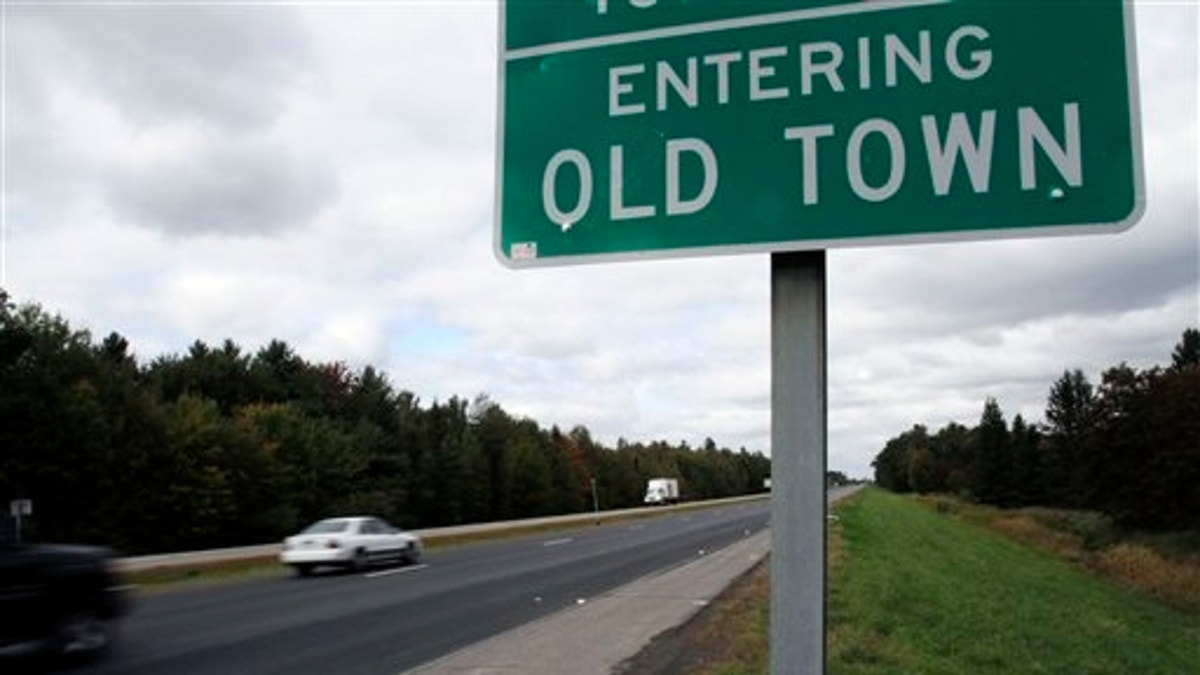
If you drive along Interstate 95 in the nation's far northeastern corner, "it's trees, trees, trees" for mile after mile, says one motorist. So why not set the cruise control on 75 mph?
That's what a lot of drivers have been doing for years, but now it's legal on one lonesome stretch, making Maine the only state east of the Mississippi River where drivers aren't breaking the law by driving 75 mph.
The new law authorizing the higher limit went on the books Wednesday, though it actually takes effect when new signs replace the old 65 mph ones next Tuesday. The trees, bogs, potato fields and mountain vistas all might look a little blurrier at 75 mph, but drivers also will burn more fuel and risk more destructive accidents.
Residents had asked for the change, saying no one obeyed the limit anyway, and their widespread disregard for the current limit hastened the bill's passage.
"Up here, we're isolated," said Rick Castonguay, a real estate broker in Presque Isle. "Going down that stretch of the interstate, it's pretty straight. It's trees, trees, trees. You can literally sit on that road, set your cruise control and watch the trees go by."
The new 75 mph zone covers an approximately 110-mile stretch of road between Old Town, which is a few miles north of Bangor, and Houlton. The higher limit sets Maine apart from other eastern states, none of which lets drivers go that fast.
About a dozen western states have 75 mph limits along rural interstates, and Texas even allows 85 mph on some segments, according to the Insurance Institute for Highway Safety. The change came fast and quietly in Maine.
Freshman state Rep. Alexander Willette said people kept bringing it up when he went door-to-door campaigning last year in his district, which is north of the speedier highway.
Willette, a Republican, says he dealt with other legislative priorities but submitted the bill late in the session "in an effort not to break a promise" to his constituents. It turned out that the state Transportation Department already had done studies showing the change was justified, and the bill whisked through the State House.
Transportation Department spokesman Mark Latti said the department bases its limits on the speed at which 85 percent of motorists travel, and highway surveys showed that percentage were going 74-75 mph along the northern I-95 stretch.
Traffic studies show that people travel the speed they feel most comfortable going, no matter what the posted limit is, Willette noted. That's not how the Insurance Institute for Highway Safety views it.
"People do pay attention to speed limits," said the institute's Anne Fleming, who warned that the new limit will just induce people who've been going 75 mph to push the pedal to the metal. "Whatever they're flying along at, whenever they raise the speed limit, they fly along faster."
Fleming conceded that the higher limit may save motorists time, but she said studies show that higher speeds increase the likelihood of accidents. And when there are crashes, they are worse.
"This," she said, "is the laws of physics at work." For the American Trucking Associations, the issue is also economic. "The slower you go, the more (fuel) efficient you tend to be," said ATA spokesman Sean McNally, who calls 62-65 mph "a kind of a sweet spot for economy."
The U.S. Department of Energy backs that up, saying gas mileage usually decreases rapidly at speeds above 60 mph. The trucking group is asking the federal government to impose a national 65 mph limit and supports efforts to put electronic speed governors in big rigs to keep them at 65 mph or under.
Wade McCrum, who owns 17 trucks that use I-95 to haul potatoes, said his drivers who now go the posted limit will be told to go 70 mph, but no faster, when the new law takes effect to maintain fuel efficiency.
"We're increasingly trying to decrease our carbon footprint from the farm to the fryer," said McCrum. Asked whether time savings from the added speed will save money for his company, JPD Transport, he said, "I certainly hope so."
